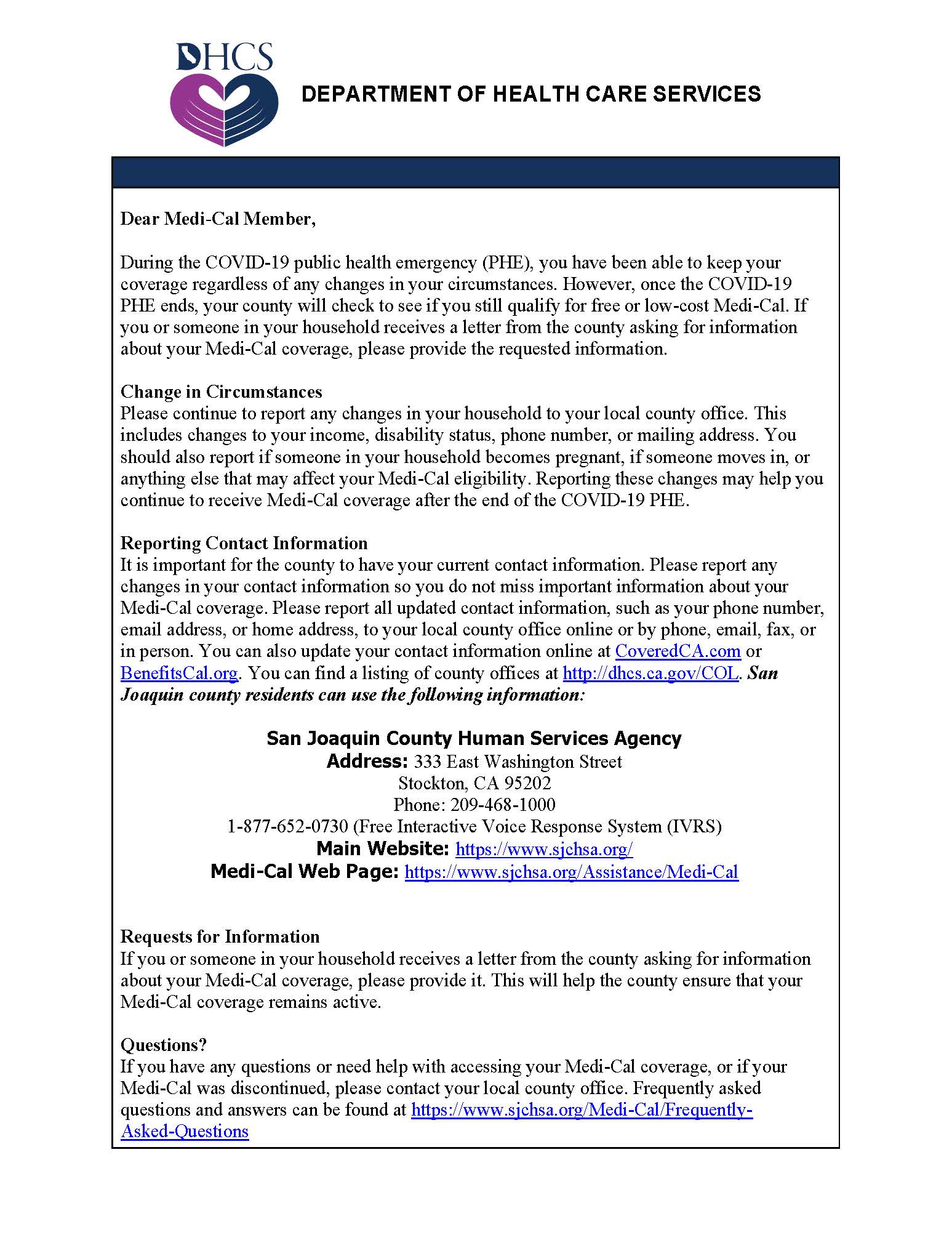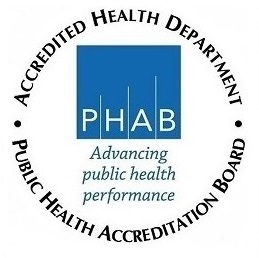No Power
On this page:
Food Safety
If the power is out for less than 2 hours, then the food in your refrigerator and freezer will be safe to consume. While the power is out, keep the refrigerator and freezer doors closed as much as possible to keep food cold for longer.
If the power is out for longer than 2 hours, follow the guidelines below:
- For the Freezer section: A freezer that is half full will hold food safely for up to 24 hours. A full freezer will hold food safely for 48 hours. Do not open the freezer door if you can avoid it.
- For the Refrigerated section: Pack milk, other dairy products, meat, fish, eggs, gravy, and spoilable leftovers into a cooler surrounded by ice. Inexpensive Styrofoam coolers are fine for this purpose.
- Use a digital quick-response thermometer to check the temperature of your food right before you cook or eat it. Throw away any food that has a temperature of more than 40 degrees Fahrenheit.
For guidelines on refreezing food when the power comes back on, visit the Food Safety and Inspection Service’s page on Food Safety in an Emergency.
The following resources provide additional information on preparing for emergencies and determining if your food is safe after a power outage:
- Food
Safety After a Power Outage, American Red Cross
Provides tips on safely storing your food and a chart to help you determine if your food is still safe. - Keeping
Food Safe in an Emergency, United States Department of Agriculture
Fact sheet and FAQs on food and water safety including guidance on when to discard perishable foods. - Being Prepared,
American Red Cross
Comprehensive site on preparing for emergencies including power outages. - Food Safety Office, CDC
Comprehensive food safety information.
Safe Drinking Water
When power goes out, water purification systems may not be functioning fully. Safe water for drinking, cooking, and personal hygiene includes bottled, boiled, or treated water. Your state or local health department can make specific recommendations for boiling or treating water in your area. Here are some general rules concerning water for drinking, cooking, and personal hygiene. Remember:
- Do not use contaminated water to wash dishes, brush your teeth, wash and prepare food, wash your hands, make ice, or make baby formula. If possible, use baby formula that does not need to have water added. You can use an alcohol-based hand sanitizer to wash your hands.
- If you use bottled water, be sure it came from a safe source. If you do not know that the water came from a safe source, you should boil or treat it before you use it. Use only bottled, boiled, or treated water until your supply is tested and found safe.
- Boiling water, when practical, is the preferred way to kill harmful bacteria and parasites. Bringing water to a rolling boil for 1 minute will kill most organisms.
- When boiling water is not practical, you can treat water with chlorine
tablets, iodine tablets, or unscented household chlorine bleach (5.25% sodium
hypochlorite):
- If you use chlorine tablets or iodine tablets, follow the directions that come with the tablets.
- If you use household chlorine bleach, add 1/8 teaspoon (~0.75 mL) of bleach per gallon of water if the water is clear. For cloudy water, add 1/4 teaspoon (~1.50 mL) of bleach per gallon. Mix the solution thoroughly and let it stand for about 30 minutes before using it.
Note: Treating water with chlorine tablets, iodine tablets, or liquid bleach will not kill parasitic organisms.
Use a bleach solution to rinse water containers before reusing them. Use water storage tanks and other types of containers with caution. For example, fire truck storage tanks and previously used cans or bottles may be contaminated with microbes or chemicals. Do not rely on untested devices for decontaminating water.
Extreme Heat and Cold
Heat
Be aware of yours and others’ risk for heat stroke, heat exhaustion, heat cramps and fainting. To avoid heat stress, you should:
- Drink a glass of fluid every 15 to 20 minutes and at least one gallon each
day.
- Avoid alcohol and caffeine. They both dehydrate the body.
- Wear light-colored, loose-fitting clothing.
- When indoors without air conditioning, open windows if outdoor air quality permits and use fans.
- Take frequent cool showers or baths.
- If you feel dizzy, weak, or overheated, go to a cool place. Sit or lie down, drink water, and wash your face with cool water. If you don't feel better soon, get medical help quickly.
- Work during cooler hours of the day when possible, or distribute the workload evenly throughout the day.
Heat stroke is the most serious heat illness. It happens when the body can’t control its own temperature and its temperature rises rapidly. Sweating fails and the body cannot cool down. Body temperature may rise to 106°F or higher within 10 to 15 minutes. Heat stroke can cause death or permanent disability if emergency care is not given.
Warning signs of heat stroke vary but can include:
- Red, hot, and dry skin (no sweating)
- Rapid, strong pulse
- Throbbing headache
- Dizziness, nausea, confusion, or unconsciousness
- An extremely high body temperature (above 103°F)
If you suspect someone has heat stroke, follow these instructions:
- Immediately call for medical attention.
- Get the person to a cooler area.
- Cool the person rapidly by immersing him/her cool water or a cool shower, or spraying or sponging him/her with cool water. If the humidity is low, wrap the person in a cool, wet sheet and fan him/her vigorously.
- Monitor body temperature and continue cooling efforts until the body temperature drops to 101-102°F.
- Do not give the person alcohol to drink. Get medical assistance as soon as possible.
- If emergency medical personnel do not arrive quickly, call the hospital emergency room for further instructions.
For more general information on heat-related illnesses and treatment, see the CDC Extreme Heat website.
Specific information related to the health and safety of workers can be found on the National Institute for Occupational Safety and Health (NIOSH) web site that includes the topic of Heat Stress and the OSHA-NIOSH INFOSHEET: Protecting Workers from Heat Illness.
- Public Health Issues Related to Summertime Blackouts
- Heat Stress, NIOSH
(National Institute for Occupational Safety and Health)
Comprehensive heat-induced occupational illness and injury information.
Cold
Hypothermia happens when a person’s core body temperature is lower than 35°C (95°F). Hypothermia has three levels: acute, sub acute, or chronic.
- Acute hypothermia is caused by a rapid loss of body heat, usually from immersion in cold water.
- Sub acute hypothermia often happens in cool outdoor weather (below 10°C or 50°F) when wind chill, wet or too little clothing, fatigue, and/or poor nutrition lower the body’s ability to cope with cold.
- Chronic hypothermia happens from ongoing exposure to cold
indoor temperatures (below 16°C or 60°F). The poor, the elderly,
people who have hypothyroidism, people who take sedative-hypnotics, and drug
and alcohol abusers are prone to chronic hypothermia, and they typically:
- misjudge cold
- move slowly
- have poor nutrition
- wear too little clothing
- have poor heating system
Causes of Hypothermia
- Cold temperatures
- Improper clothing, shelter, or heating
- Wetness
- Fatigue, exhaustion
- Poor fluid intake (dehydration)
- Poor food intake
- Alcohol intake
Preventing Hypothermia
- Everyone, especially the elderly and ill, should have adequate food, clothing, shelter, and sources of heat.
- Electric blankets can help, even in poorly heated rooms.
- Wear layers of clothing, which help to keep in body heat.
- Move around. Physical activity raises body temperature.
Water cooler than 75°F (24°C) removes body heat more rapidly than can be replaced. The result is hypothermia. To avoid hypothermia:
- Avoid swimming or wading in water if possible.
- If entering water is necessary:
- Wear high rubber boots in water.
- Ensure clothing and boots have adequate insulation.
- Avoid working/playing alone.
- Take frequent breaks out of the water.
- Change into dry clothing when possible.
Helping Someone Who Is Hypothermic
As the body temperature decreases, the person will be less awake and aware and may be confused and disoriented. Because of this, even a mildly hypothermic person might not think to help himself/herself.
- Even someone who shows no signs of life should be brought quickly and carefully to a hospital or other medical facility.
- Do not rub or massage the skin.
- People who have severe hypothermia must be carefully re warmed and their
temperatures must be monitored.
- Do not use direct heat or hot water to warm the person.
- Give the person warm beverages to drink.
- Do not give the person alcohol or cigarettes. Blood flow needs to be improved, and these slow blood flow.
For more information about hypothermia, see Cold: A Prevention Guide to Promote Your Personal Health and Safety.
First Aid for Electrical Shock
If you believe someone has been electrocuted take the following steps:
- Look first. Don’t touch. The person may still be in contact with the electrical source. Touching the person may pass the current through you.
- Call or have someone else call 911 or emergency medical help.
- Turn off the source of electricity if possible. If not, move the source away from you and the affected person using a non conducting object made of cardboard, plastic or wood.
- Once the person is free of the source of electricity, check the person's breathing and pulse. If either has stopped or seems dangerously slow or shallow, begin cardiopulmonary resuscitation (CPR) immediately.
- If the person is faint or pale or shows other signs of shock, lay the person down with the head slightly lower than the trunk of his or her body and the legs elevated.
- Don’t touch burns, break blisters, or remove burned clothing. Electrical shock may cause burns inside the body, so be sure the person is taken to a doctor.
Power Line Hazards and Cars
If a power line falls on a car, you should stay inside the vehicle. This is the safest place to stay. Warn people not to touch the car or the line. Call or ask someone to call the local utility company and emergency services.
The only circumstance in which you should consider leaving a car that is in contact with a downed power line is if the vehicle catches on fire. Open the door. Do not step out of the car. You may receive a shock. Instead, jump free of the car so that your body clears the vehicle before touching the ground. Once you clear the car, shuffle at least 50 feet away, with both feet on the ground.
As in all power line related emergencies, call for help immediately by dialing 911 or call your electric utility company's Service Center/Dispatch Office.
Do not try to help someone else from the car while you are standing on the ground.
Avoid Carbon Monoxide
For important information about the risk of carbon monoxide poisoning during a power outage, see Carbon Monoxide Poisoning After an Emergency and the Monoxide Poisoning Fact Sheet from the National Center for Environmental Health (NCEH).
Safety at Work During Power Recovery
As power returns after an outage, people at work may be at risk of electrical or traumatic injuries as power lines are re energized and equipment is reactivated. CDC recommends that employers and employees be aware of those risks and take protective steps if they are in contact with or in proximity to power lines, electrical components, and the moving parts of heavy machinery. More information on electrical safety is available on the CDC webpage, Worker Safety in Power Outages.
Be Prepared for an Emergency
CDC recommends that people make an emergency plan that includes a disaster supply kit. This kit should include enough water, dried and canned food, and emergency supplies (flashlights, batteries, first-aid supplies, prescription medicines, and a digital thermometer) to last at least 3 days. Use battery-powered flashlights and lanterns, rather than candles, gas lanterns, or torches (to minimize the risk of fire). You can find more information on emergency plans and supply kits at www.ready.gov.


